Presentation
Abdominal pain, distension and vomiting.
Patient Data


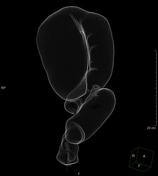
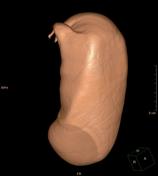
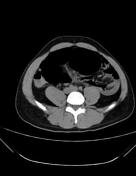

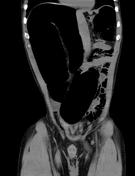



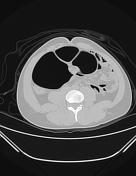

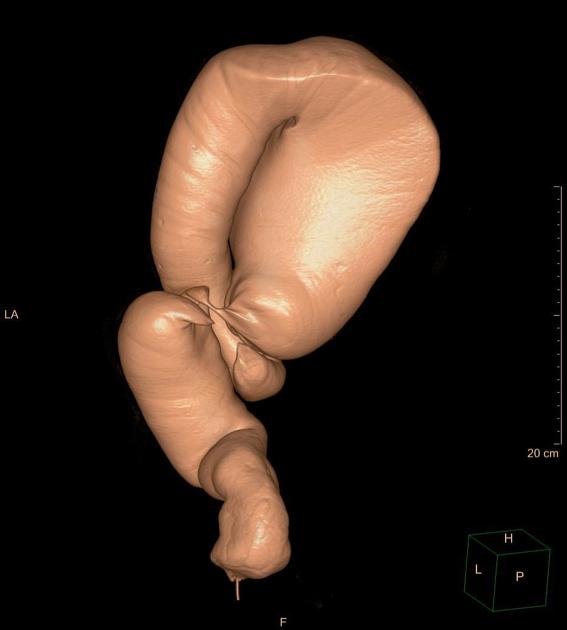
Marked distension of the sigmoid colon with its apex directed to the right upper quadrant of the abdomen under the right diaphragm with smooth tapering and beaking of its ends forming a closed loop and giving the coffee bean appearance.
Bird's beak appearance of the rectum at the site of the sigmoid twist is noted.
Redundant sigmoid colon is also noted.
Medial deviation of the descending colon.
The remainder of the large and small bowel are not dilated.
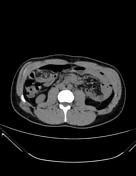

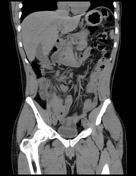

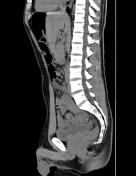

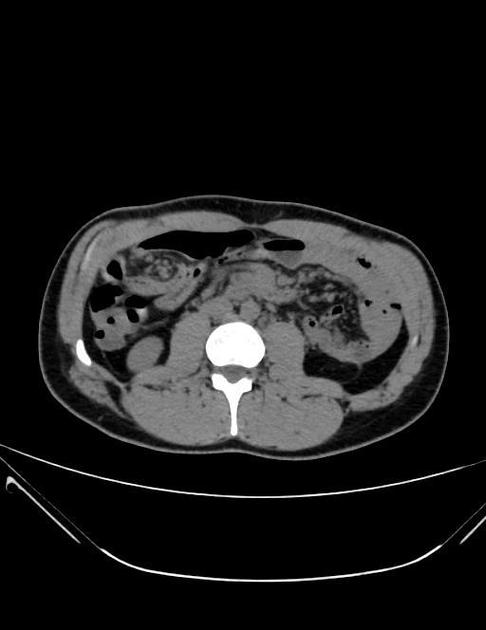
Swirling of the sigmoid mesentery and vessels is noted at the right iliac region giving the "Whirl-pool appearance" this swirling is better demonstrated before rectal air injection.
Case Discussion
Sigmoid volvulus is the most common form of volvulus of the gastrointestinal tract.
It is an acquired condition because its prevalence increases among patients with chronic constipation and sigmoid colonic redundancy due to a high-fiber diet, pregnancy, hospitalization or institutionalization, or Chagas disease.
Pathophysiology: redundant sigmoid colon (as in this case) which has a narrow mesenteric attachment allows close approximation of 2 limbs of sigmoid colon à twisting of sigmoid colon around mesenteric axis.
The dilated loop usually lies in the right side of the abdomen, and the limbs taper inferiorly into the right lower quadrant.




 Unable to process the form. Check for errors and try again.
Unable to process the form. Check for errors and try again.